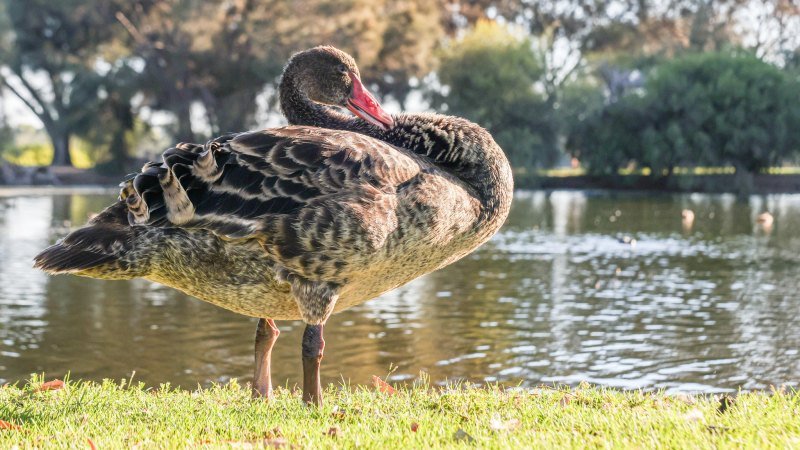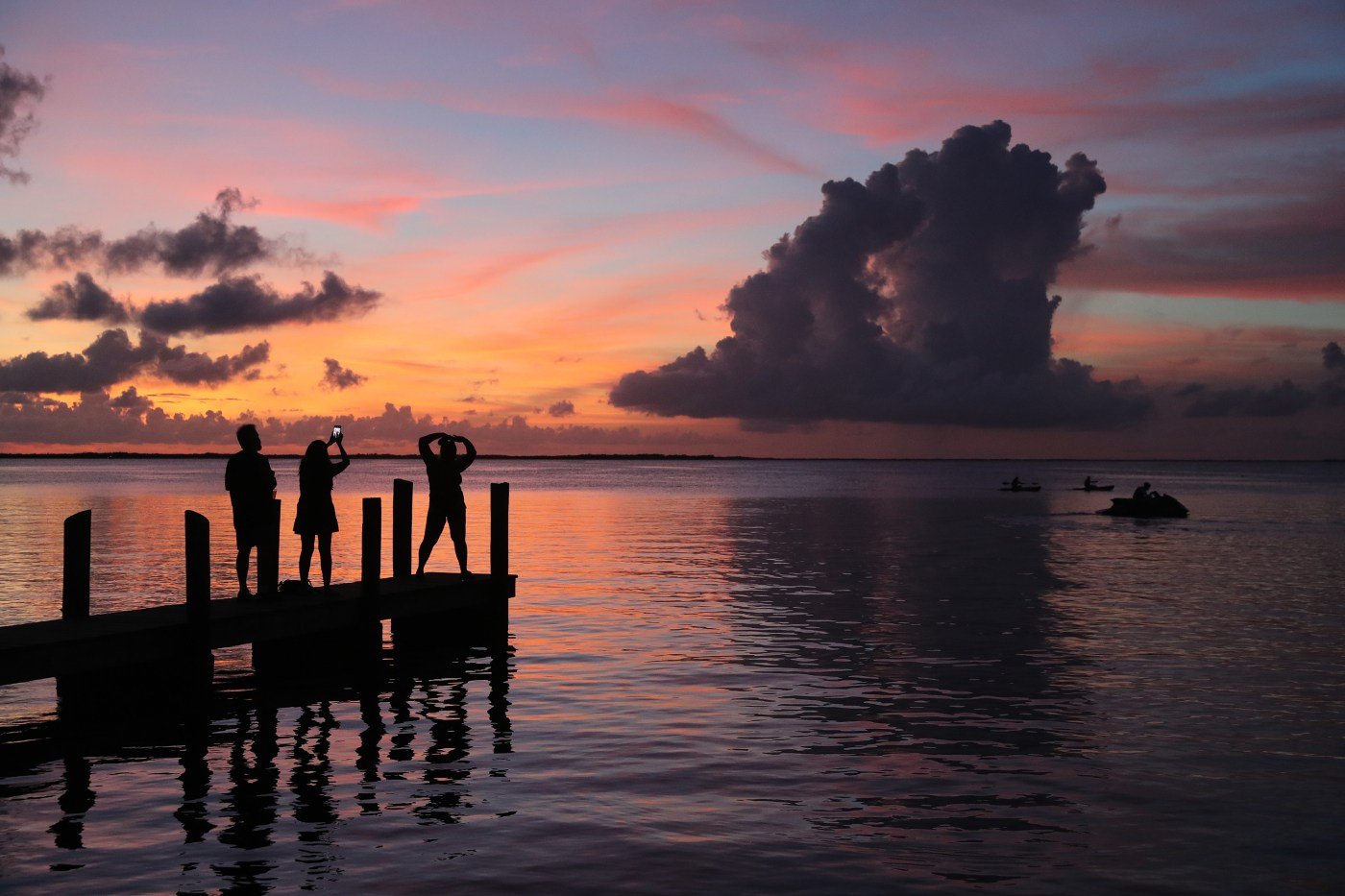A frightening reality for the future of our black swans has emerged as wildlife groups rally to move young swans to wetter ground.
A frightening reality for the future of our black swans has emerged as wildlife groups rally to move young swans to wetter ground.
By Claire Ottaviano
February 7, 2025 — 2.00am
All but two of 32 cygnets hatched at a black swan refuge in South Perth that cost nearly $2 million to build – but is the subject of no official ongoing monitoring – have died, according to residents who frequent the area.
The black swan habitat Djirda Miya, completed in 2021 with local and state funding, has only had a few cygnets survive each year since, according to community group Wildlife Advocacy South Perth.

Despite what the group called a “bumper crop” of cygnets born on Djirda Miya the past two nesting seasons, data recorded by group member observations showed only one of 33 hatchlings survived from 2023’s broods, and only two of 32 from 2024.
“It’s awful,” Wildlife Advocacy South Perth member Veronica McPhail told this masthead.
“It makes you really sad to think the swans are nesting at Djirda Miya, but we can’t support them once they come off the island because they don’t have their own space where they’re not getting attacked by other swans or dogs, or disturbed by bikes.”
Once the swans hatch, they remain on the island for a couple of weeks before moving onshore and into three nearby lakes.
Between the island and the lakes is a cycle path and dog on-leash area.
McPhail says the cycle path wasn’t there back in 2000 when a report – Bringing Back the Swans – recommended the construction of a habitat island.
The report informed a foreshore renovation plan endorsed by South Perth council in 2005, which later received a state government matching grant of $800,000 in 2019.
In response to requests for swan population data, the City of South Perth told WAtoday no funding was made available for ongoing monitoring after the habitat was completed and there was no practicable way of monitoring, given the swans’ range through the river system.

This is despite the Bringing Back the Swans report noting that monitoring would be an “essential component” to assess the success of any created habitats.
“Regular and seasonal monitoring should involve an assessment of habitat utilisation by wildlife and recording evidence of breeding at each of the sites … monitoring should also determine if any deaths or injuries of swans or other wildlife have occurred and the likely cause of the injuries, incidents, such as dog attacks, general disturbance and road deaths,” the report said.
McPhail moved a motion at the City of South Perth electors’ meeting on Tuesday for funding to improve habitats for wildlife and increased monitoring of dogs off-leash in on-leash areas.
The swan habitat concerns come as one of the organisations involved in statewide annual efforts to save vulnerable cygnets notes survival conditions were worsening each year.
WA Wildlife chief executive Dean Huxley is a veteran of December’s Forrestdale Lake muster, in which 50 volunteers and public servants catch and relocate cygnets from the seasonal lake to ensure their survival, as their parents go in search of more water, leaving them to die from thirst or starvation or fox attack.
“It’s becoming more and more apparent the lake is drying up faster each year,” he said of the muster that has been operating for 15 years.
“There is a correlation between climate change and wetlands drying faster and the need for rescue groups to intervene.”
The swans are moved to Lake Monger and Herdsman Lake, but Huxley noted these areas, though more robust as they were larger and deeper, were also subject to the pressures of a drying climate.
BirdLife Australia’s national online monitoring platform Birdata – which allows conservationists, birders and citizen scientists to upload species sightings – shows a recent downward trend in swan numbers around the state.
The information collected in Birdata is used in publications, legislation and academic research throughout Australia.
No other formal data is available.
Despite the lack of population monitoring or water testing done in the South Perth case, WA Seabird Rescue volunteer Angela Radalj said wetlands were shrinking and degrading in Perth and extreme hot weather was exacerbating the growth of bacteria deadly to swans.
“It can cause a bacterium to hatch in the water, botulism clostridium, and if this bacterium gets out of hand, it can cause paralysis in seabirds and waterbirds,” she said.
“We can see mass casualty events, where we’ve seen up to 80 birds deceased … drowning because of the paralysis.
“We do see a lot of the black swans caught up in this crossfire.”
Both the City of South Perth and the Department of Biodiversity, Conservation and Attractions said continued funding was being committed to improve the lakes and streams that support Djirda Miya.
These include the city’s Hurlingham Living Stream project starting in February and the future restoration of Coode Street foreshore in Sir James Mitchell Park.
“Djirda Miya Island, which has a dual function in that it protects the foreshore against water erosion, while creating a safe area for wildlife to find respite, forage and breed,” City of South Perth chief executive Mike Bradford said.
“[The upcoming] projects will complement and enhance existing uses by connecting and linking established wetlands within Sir James Mitchell Park with the foreshore, restoring the local habitat and improving biodiversity in the area.”
DBCA said there had been no recorded outbreaks of botulism in WA waterways and no recent reports of unusual or significant swan deaths.
Get the day’s breaking news, entertainment ideas and a long read to enjoy. Sign up to receive our Evening Edition newsletter.
Claire Ottaviano is a breaking news journalist with WAtoday, and has extensive experience in local government reporting.
Discover more from World Byte News
Subscribe to get the latest posts sent to your email.



